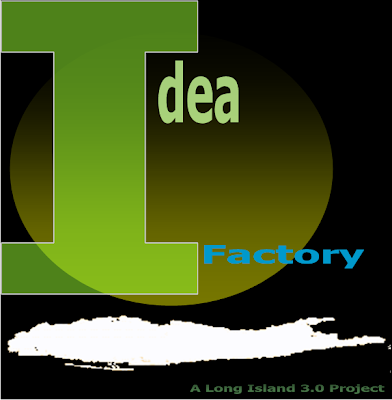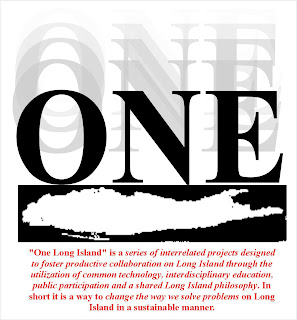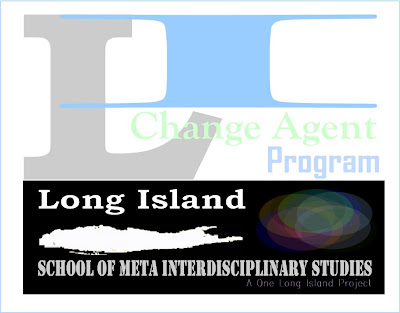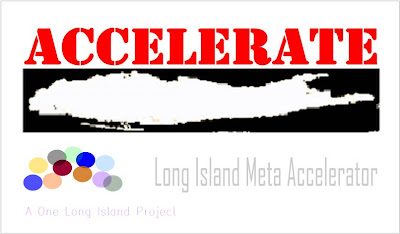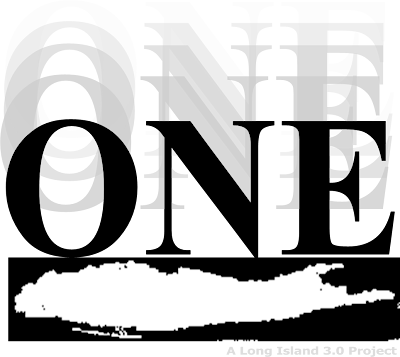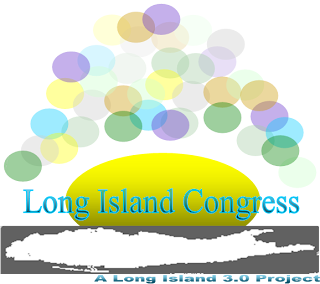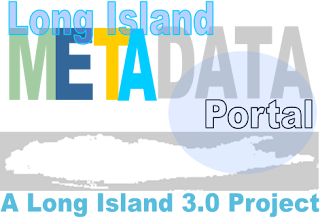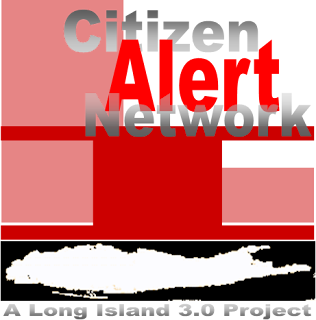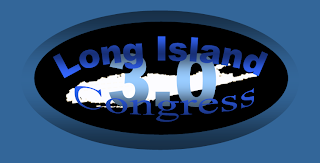I've been asked by some of you if I can summarize the 90 some-odd posts of the Long Island Idea Factory into a couple of simple statements. So here goes ...
Long Island Congress Mission: To establish an effective, flexible methodology and structure so that organizations and the public may work cooperatively and dynamically to promote positive change for Long Island.
Long Island 3.0 Mission: Utilizing web 2.0 and 3.0 technologies, create an environment which will give organizations and the public the ability to meet the Long Island Congress mission.
There it is. For details, please use the search function of this site or look at the "Label Cloud" on the right hand column and click on the subject that interests you.
Thanks for all the kind words, encouragement and commitment thus far. We should be ready to get underway shortly.
As always, please send me your comments good or bad.
If you are interested in any of the projects in the Long Island Idea Factory, please do not hesitate to contact me.








